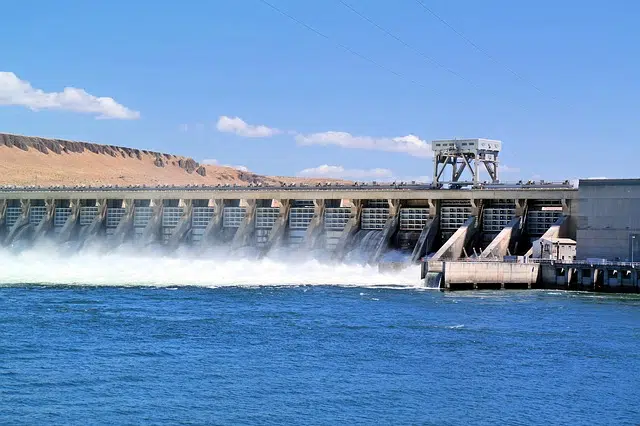
Hydrostatics studies the phenomena related to fluids found in a vessel or container.
Hydrostatics is the specialty of physics dedicated to the analysis of fluid equilibrium . This is the branch of this science that is oriented towards the investigation of phenomena linked to the fluids found in a container or vessel.
To define what hydrostatics is, therefore, it is essential to first refer to fluids . A fluid is a substance whose molecules are held together by a force of attraction or weak cohesion . These substances, which are liquids or gases, take the shape of the container that contains them; In the case of gases, they also lack their own volume.
Concept of hydrostatics
Fluids have cohesion (a force that allows molecules to stay together), surface tension (linked to the attraction that the molecules on the surface exert on each other), adhesion (the attraction between molecules of two different substances that are in contact) and capillarity (the phenomenon that occurs when a fluid is in contact with a solid wall). Hydrostatics, which is a branch of hydraulics , takes these characteristics into account to develop its studies.
With respect to hydraulics , we can say that it is the part of physics that is dedicated to the study of liquids, taking into account their behavior in reference to their specific properties. In other words, observe their mechanical properties according to the forces to which they are subjected. In addition to the forces applied to its mass, it is very important to take its viscosity into account.

Hydrostatics is a specialty of physics.
viscosity
The concept of viscosity refers to the measure of the resistance that fluids present to any gradual deformation generated by shear or tensile stresses. Here we find two other concepts:
* The stress that impacts tangentially to a given plane is called shear or shear stress. It is usually represented by the Greek letter tau ;
* Tensile stress , on the other hand, is the internal effort to which a body is subjected when two forces that have opposite directions are applied to it with a tendency to stretch it. This is important in the fields of engineering and structural calculation.
The bases of hydrostatics
Pascal's principle and Archimedes' principle are the bases of hydrostatics. The law developed by Blaise Pascal in the 17th century indicates that, when pressure is applied to a non-compressible liquid in a closed container, said pressure is transmitted in all directions and directions with the same intensity.
Archimedes' principle ( 3rd century BC ), meanwhile, states that any body that is submerged in a fluid is pushed upward by a force identical to the weight of the volume of the liquid that the body in question displaces.
Fundamental equation
In this context, it is necessary to learn the fundamental equation of hydrostatics , which in turn has three forms. When a liquid is at rest it is possible to isolate an infinitesimal volume composed of a rectangular prism whose base is A and its height dz . On this base the pressure p is measured and on the upper one, p + dp . If we take as reference a horizontal plane from which the different height values are measured on the z axis, then the balance is obtained using the first formula shown below:
pA – (p + dp).A – ρ.gAdz = 0
After clearing it, the following is obtained:
dp/ρ = -g.dz
For reference, y is the piezometric height, ρ is the density, p is the pressure , g is the acceleration of gravity and z is the elevation of the point. Next we will see the three forms of the hydrostatic equation of fluids at rest:
* first way: p/ρ + zg = y;
* second way: p/ρ.g + z = y;
* third way: p + ρ.gz = y.
